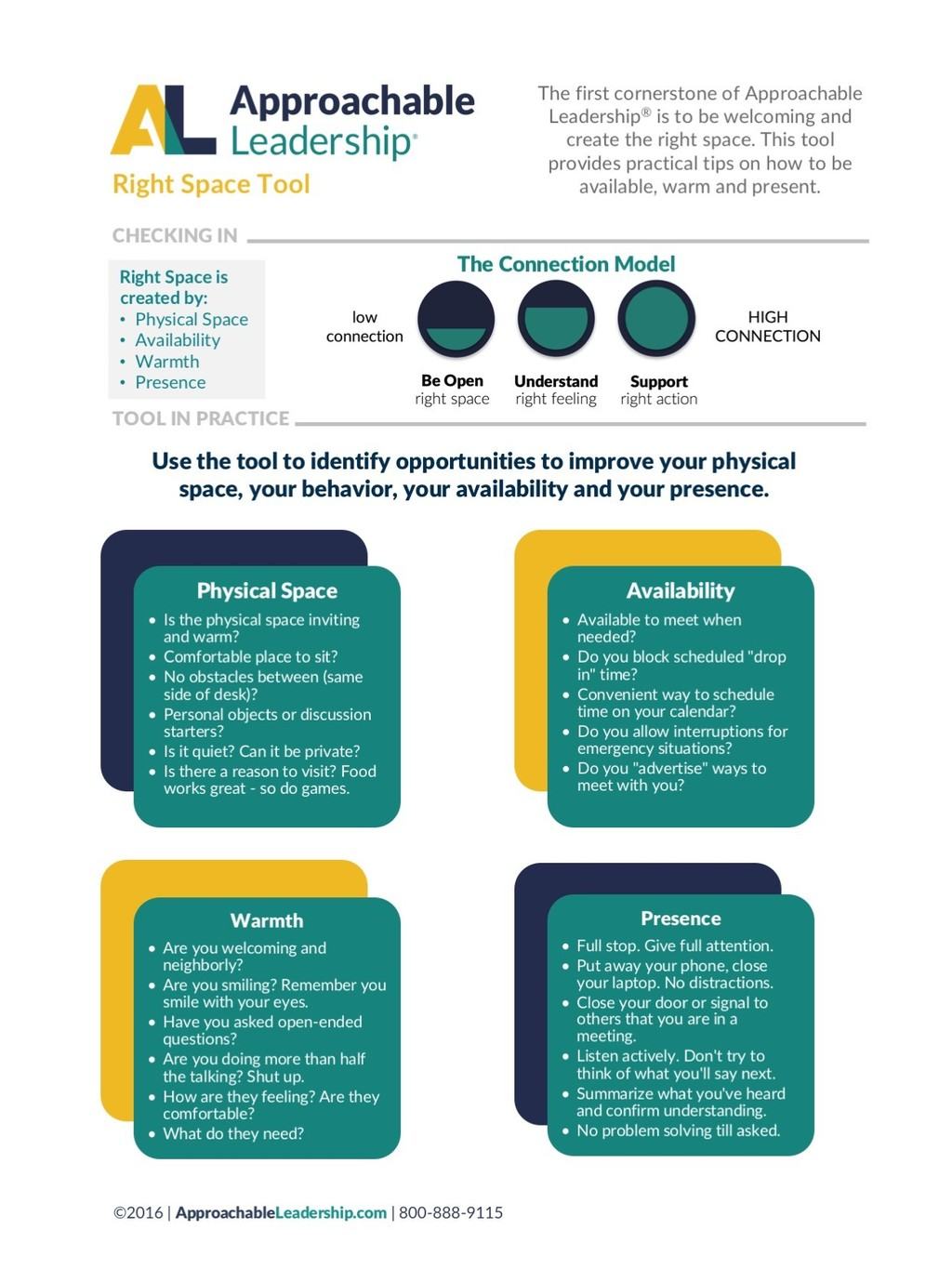
The Coaching Habit: Interview with Michael Bungay Stanier
The Coaching Habit: Interview with Michael Bungay Stanier
If you haven’t stumbled across The Coaching Habit yet, now’s the time.
The Coaching Habit is sneaky-sophisticated. And better yet, easy to read. I finished it on a 2-hour flight and had time to spare. Here’s a look at just how much I enjoyed it. Note: the dog-ears.

Being such a fan of the book, I was so grateful when the author, Michael Bungay Stanier, agreed to take a few minutes to give us some insight.
Here’s our conversation.
Phil: What inspired you to write The Coaching Habit?
Michael: My company earns its way by teaching busy managers how to coach in 10 minutes or less. The book grew out of lessons taught and lessons learned. And behind all of that was my desire to make coaching…or better said, being more coach-like…something that everyone feels they can do.
Phil: What do you think are the top 3 takeaways leaders will get from your book?
Michael: That’s a hard question because it’s different for everyone of course, and that’s the way I like it. But the feedback I hear most often is…One – Being lazy turns out to be a pretty smart leadership move. Two – Coaching is something anyone can do. It’s simpler than you think…although simple doesn’t always mean easy. And The Third One is – The secret sauce is turning these tools into daily habits.
Phil here. I just want to say that this was a totally unfair question. Because as you can see from my dog-eared pages there are at least 50 takeaways. Here are two more that I personally really loved.
All the questions. Anyone that’s been a part of our community for any length of time knows how important we feel it is for leaders to be asking questions. Stanier agrees. His book provides Seven Essential Questions that leaders should be asking their team. My favorite…And what else? on page 57. Stanier describes this question as “the quickest and easiest way to uncover new possibilities.”
“Silence is often a measure of success.” As leaders, we have such a tendency to feel like we need to fix the problem. Fix the uncomfortable silence. Stanier suggests soaking up the silence instead. Give your team the freedom to lead the charge after you ask a question. To take that question wherever they need it to go.
Phil: I loved that part about being lazy being a smart leadership move myself. I don’t consider myself lazy, but I do like to maximize the time I can spend goofing off, so I was glad to see that 🙂 How about the leaders in your life? What leader inspired you most? What leadership behavior did they have that you most admire?
Michael: To tell you the truth, almost every leader I’ve worked with has influenced how I show up. Both the dark and the light. MK, one of my early bosses, was both brilliantly creative and a little fast and loose with the truth. AG, another boss, showed me how hard it is to lead under pressure and how you have to keep your focus, both on your goals and your people.
Phil: Speaking of the dark side of leadership…and don’t worry I’m not going to bring up Star Wars (as much as I want to)…Have you ever “crashed and burned” as a leader? What happened? And what did you learn from it?
Michael: Ha! OF COURSE I’ve crashed and burned. You know how they say walking is just “falling interrupted”? I’d say that’s true about leadership too. Part of what failing does is help remind me what I’m good at and not good at. And forces me to delegate to better people than me.
Phil again. This is such a great point. Part of being a great leader is to realize that you don’t need to have your hand in everything. When you try to do that, you’re not only telling your team that you don’t trust them to do their job. You’re also probably driving them nuts. AND spreading yourself too thin. Then you become the thing holding business up. TRUST your team. Let someone else take the reigns every now and then.
Phil: Haven’t we all. Okay, Michael. Thanks for taking the time to dive into your book today. Last question. Is there anything else going on with you these days that you would like our readers to know about? And where can they learn more about you?
Michael: Thanks Phil. This book has really taken off. And the team and I have set ourselves a goal to “make it a classic.” So we’re playing around with ways to keep it in people’s awareness for as long as we can…You know, most books come and go pretty quickly. If anyone would like to help, a review on Amazon.com is always really appreciated. You can find more about the book at TheCoachingHabit.com and more about me at BoxOfCrayons.biz.
I love finding simple, easy-to-digest resources for improving my own leadership. And The Coaching Habit is just that. We hope you check it out for yourselves. Already read it? Let us know what you thought!

















